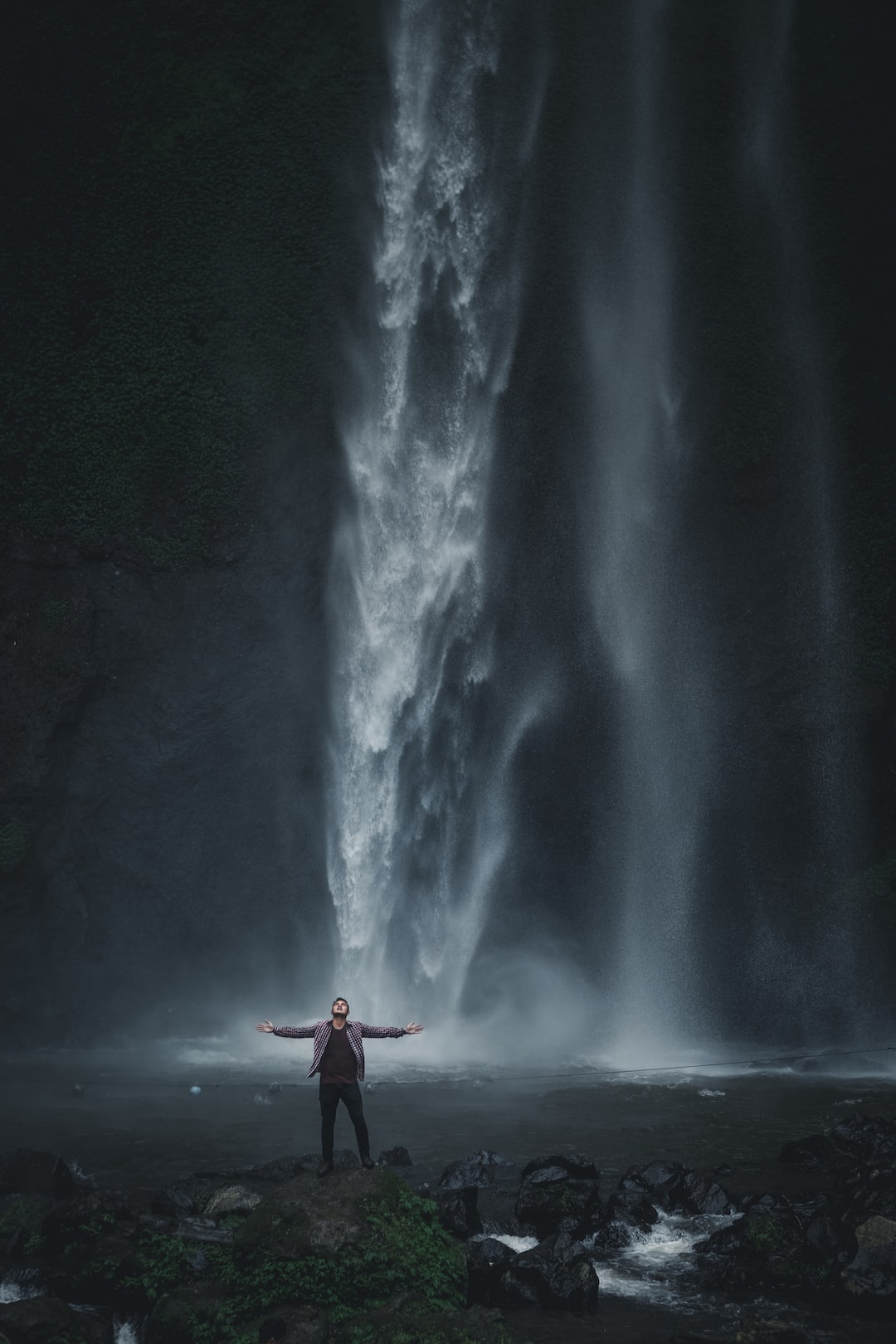Exploring Coastal Caves: Hidden Gems of Nature
The coastlines of our planet are home to some of the most beautiful natural wonders. From stunning cliffs to pristine beaches, these areas are teeming with awe-inspiring sights. Among these natural wonders, coastal caves stand out as hidden gems waiting to be explored. These caves, carved by the relentless force of wind and water, offer a captivating experience for adventure seekers and nature lovers alike. In this blog post, we will delve into the world of coastal caves and discover the magic they hold.
Coastal caves are formed through a process known as erosional cave development. Over millions of years, the powerful combination of wind, waves, and the corrosive effects of saltwater shape the soft and More susceptible rocks along the coast. As the waves relentlessly crash into the cliffs, they slowly erode the rocks, creating intricate networks of caves hidden beneath the surface. These caves range in size from small hollows to massive chambers capable of accommodating explorers.
One of the most famous coastal cave systems can be found in Algarve, Portugal. The Benagil Sea Cave, also known as the Cathedral Cave, is a remarkable example of the beauty found within these hidden wonders. Its dramatic entrance, formed by the complete collapse of its roof, allows an abundance of sunlight to permeate the cave, casting a golden glow over the crystal clear waters below. Exploring the depths of the Benagil Cave offers an ethereal experience as the reflected light creates a magical ambiance within.
Another breathtaking coastal cave system can be found in the Yucatan Peninsula of Mexico. The Aktun Chen Cave, situated near Playa del Carmen, offers a unique experience for visitors. This cave system is a labyrinth of underground rivers, caverns, and cenotes, creating a world where the rules of geography seem suspended. As adventurers wade through the waist-deep water, they are greeted by stunning stalactite and stalagmite formations that have taken thousands of years to develop.
The Waitomo Caves in New Zealand offer yet another mesmerizing experience within the world of coastal caves. The Glowworm Cave, one of the main attractions in the area, is named after the bioluminescent glowworms illuminating the darkness. As visitors descend into the depths of the cave, they are surrounded by thousands of these tiny creatures, creating the illusion of a starry night sky. The serenity of the cave is only interrupted by the sound of water droplets echoing through the chambers.
Aside from their inherent beauty, coastal caves also serve as vital habitats for diverse flora and fauna. These caves provide shelter for various species, including bats, marine life, and unique cave-dwelling organisms. By exploring these caves responsibly, we can not only appreciate their beauty but also contribute to their conservation.
Despite their allure, it is important to exercise caution when exploring coastal caves. These natural formations can be unpredictable and dangerous. Unpredictable tides, slippery rocks, and sudden cave-ins are just a few of the potential risks. It is vital to be well-prepared, well-equipped, and to seek guidance from experienced professionals when embarking on such adventures.
In conclusion, coastal caves are hidden gems of nature, waiting to be explored. Their magnificent formations, captivating atmospheres, and abundance of life make them truly unforgettable. By venturing into these caves responsibly, we not only immerse ourselves in the wonders of nature but also play a role in their preservation. So, grab your adventurous spirit and dive into the enchanting world of coastal caves – you won’t be disappointed.

